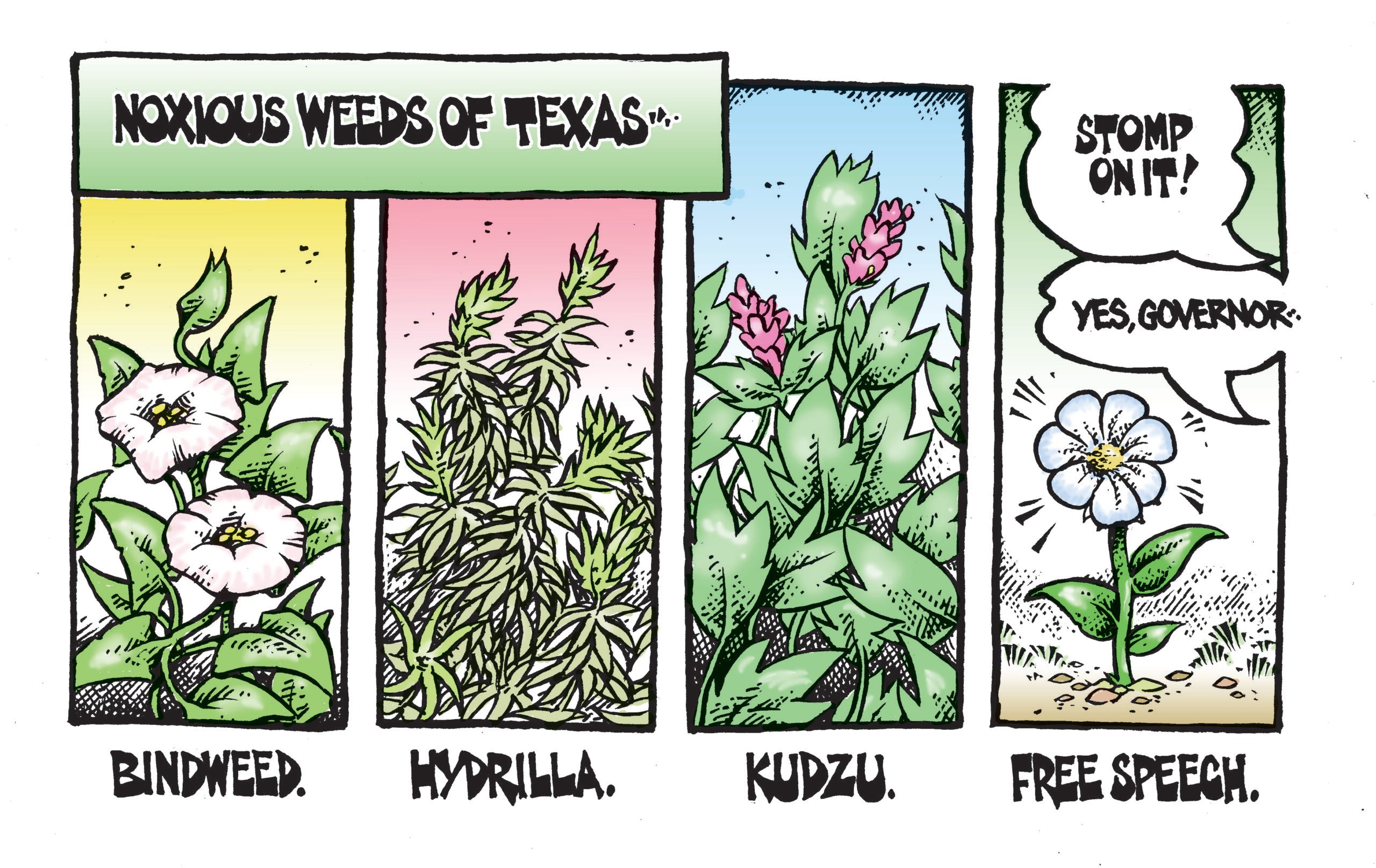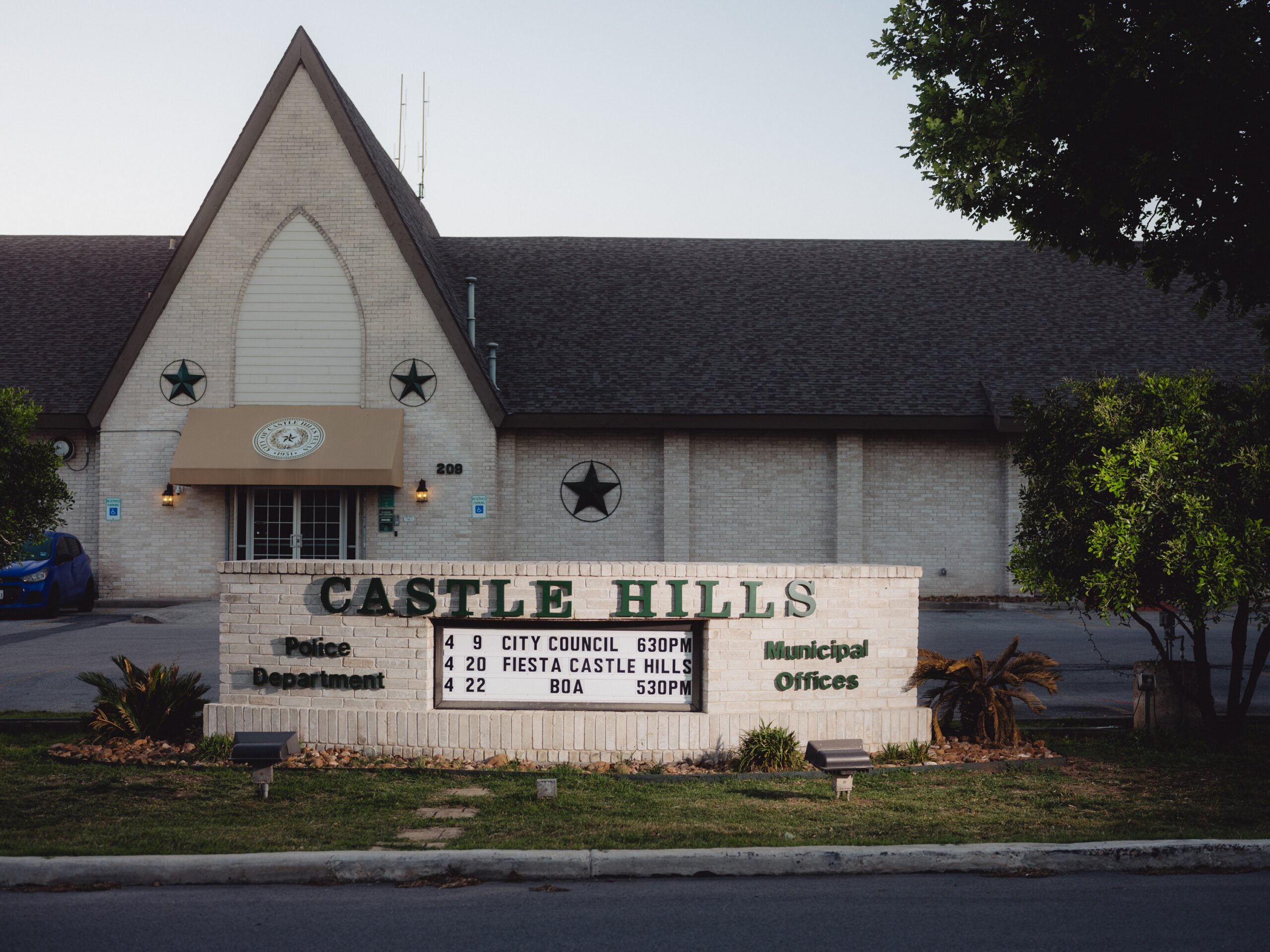ustxtxb_obs_1985_06_28_50_00007-00000_000.pdf
Page 1
Procunier talks with relatives of prisoners at 1984 CURE State Convention in San Antonio. Pho to by Ala n Pog u e focus on controlling the prison population, the board was told to parole as many people as it could. When board members tried to do this, they found that to have much of an effect on the population they would have to take some chances. They did, but as soon as a parolee was arrested for a new crime, the news media, legislators, and the governor blamed the board for letting the wrong people go. Board members found themselves in a precarious position, one that was worsened by the cries of politicians who had put them in that position in the first place. It had taken six years for the legislature to attempt to relieve the pressure caused by the aggravated laws. Money was suddenly tight , and federal courts were demanding that TDC decrease its inmate population or build more prisons. Laws enacted in 1983 increased prison good time, expanded the use of prison alternatives, and allowed TDC to award extra good time in emergency situations. There were problems with the new laws, however. First, they went against the grain of the average lawmaker, who felt his constituents wanted offenders to serve more, not less, time. Legislators made their uneasiness known even while voting for the bills. On top of that, the “liberal” bills of the 68th .Legislature did not work. Increased good-time measures had .a temporary effect, as retroactive good time was given to those inmates already in TDC. But once the flurry of releases resulting from S.B. 640 were concluded, the prison population started rising again and has continued to rise. The Commission on Sentencing Practices and Procedu res has recommended altering the aggravated statutes to allow aggravated offenders to earn good time toward parole eligibility. They will still serve more time than non-violent Offenders but will have incentives to behave while they are in prison. TDC has long been opposed to the aggravated laws and is actively supporting the change. Failed Alternatives The much-touted alternatives to prison enacted last session have failed miserably. One reason is that too many concessions had to be made in order to get the necessary votes for passage. By the time the bills became law, they were burdened with restrictions which made practically all offenders ineligible to participate in the program. A look at the restitution center alternative highlights the problem. The final version of the restitutionprogram bill restricted the program to offenders with no history of drug use and convicted of nonviolent crimes. They also had to be “employable.” Many nonviolent “property” criminals are good candidates for probation anyway, so they cannot be considered diversions from crowded TDC facilities. And TDC’s 1983 figures show that 80 percent to 90 percent of its population had a history of alcoholor drug-related problems. This means that most offenders are not qualified for restitution programs, although many pose no violent threat to society. Consequently, the restitution program has diverted few offenders from prison. The Legislative Budget Board reports that only 212 restitution-center placements were made in 1984. This low number is due in part to citizen complaints about locating the centers in their neighborhoods; only six centers opened in 1984, with a capacity of 233 beds. But even those centers were not filled, and the daily per-capita operating costs for the centers were higher than those of TDC. This kind of “alternative” is not going to save any money, nor is it going to solve prison overcrowding problems. The TDC population increased by over 1,000 inmates during that same period. The pre-parole transfer program has had similar “success.” The program was initiated as a method of releasing nonviolent, low-risk inmates to halfway houses up to 180 days before their parole eligibility date. But restrictions added to the program have kept it from affecting the prison population. Parole board figures indicate that approximately 260 inmates are eligible each month for pre-parole transfer. But restrictions have crippled the program to such an extent that, 18 months after the initiation of the program, only 200 inmates had actually been approved and transferred to halfway houses. The Legislative Budget Board reports that during FY 1984, the pre-parole transfer program saved TDC an average of 24 bed spaces. These are problems that TDC cannot cure. Each session of the legislature deals with criminal justice issues, and each session laws are changed according to the mood of the public, the fiscal health of the state, and the proximity of re-election bids. Old laws need to be studied carefully, and revised when necessary. Why was a Dallas man given 25 years in prison for diverting $150 worth of electricity from a utility pole to his house? The crime was a felony under an old, seldom-used law. But if this man serves the average 6.2 years on his 25-year sentence, it will cost the state, at the present rate of $30 per day, over $60,000 to keep this nonviolent offender in prison. It will cost taxpayers even more if the man’s family draws welfare payments while its breadwinner is in prison. Whoever lobbied to get this law on the books should be commended for a good job of salesmanship, but it would seem that the utility companies in Texas are in much better fiscal shape than is the state itself; they should be able to live with a good, stiff misdemeanor with a hefty fine to deter such conduct. The legislature is to be commended for forming the Commission on Sentencing Practices and Procedures. The commission found many problems within the legal and correctional sys THE TEXAS OBSERVER 7


